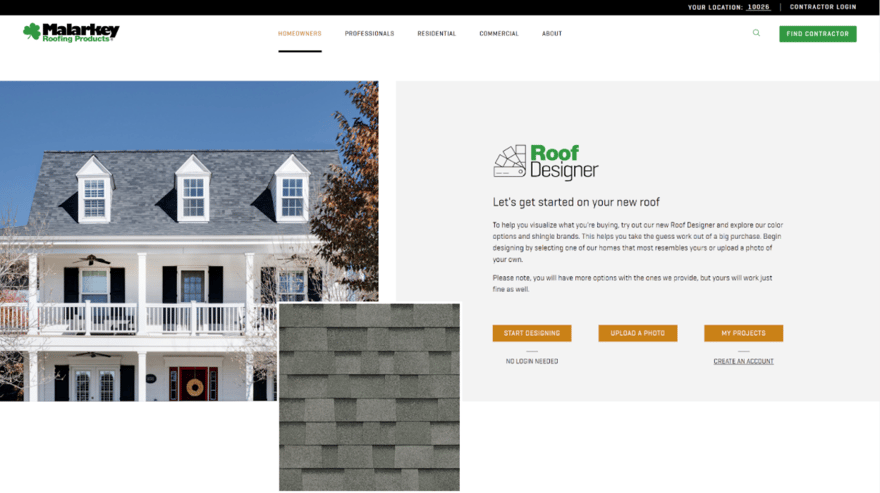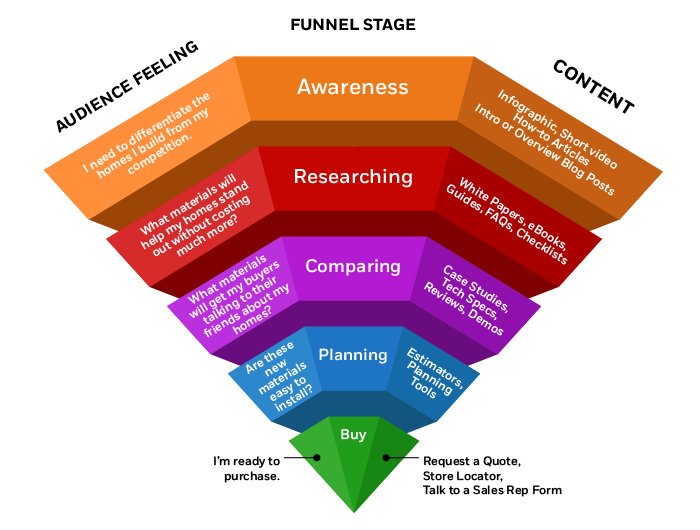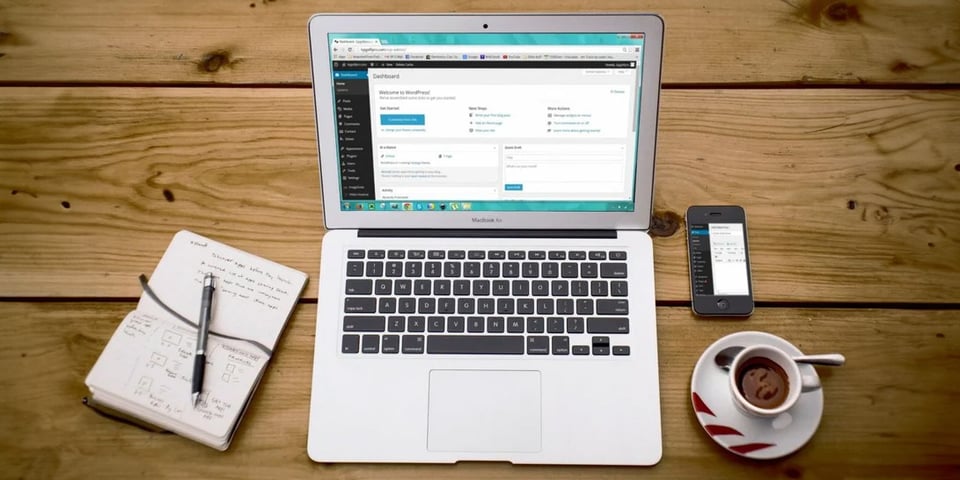2021 was a landmark year in terms of digital marketing. The COVID-19 pandemic caused online business to skyrocket, and companies in every sector had to get smarter about using their websites to generate more demand and sales.
Building materials companies are no exception. According to Research and Markets, the market is expected to reach a $1.28 billion value by the year 2025, on a compound annual growth rate (CAGR) of 5.76%. That’s a sign of a healthy industry with lots of competition, meaning that brands will have to do things differently to stand out.
In 2023, there are certain digital must-haves for manufacturers who hope to stay competitive and expand their share of the market. Miss any of these, and you’re leaving a gaping hole in your online marketing for one of your competitors to fill.
Here are 5 features you’ll need to have on your website to make your mark — and bring in consistently high numbers of leads and sales — as a building materials company in 2023:
1. A Chat Function
Want to engage your website visitors? Make them feel like they’ve entered a conversation with your brand.
In research by eMarketer, 63% of website visitors who used a chat function said they were more likely to return to the site. Needless to say, building material manufacturers should take note. A chat function engages visitors and gives them a chance to interact with your brand in a real, substantial way.
Chat functionality is usually implemented through a “chatbot,” which appears as an interactive popup in the corner of your website. It can appear moments after visitors land on your homepage to ask them if they need help.
From there, your chatbot can be automated to give pre-programmed responses to frequently asked questions, or even allow your staff to respond in real time during business hours.
Such chat functions have a few essential marketing benefits for building material companies:
Helpful to Customers
A chatbot lets you link interested prospects to certain areas of your site that meet their immediate needs — whether it’s to find information they can put to use in their current projects, learn where to buy your products, or speak to a sales representative directly.
More Responsive
Manufacturers that answer inquiries quickly and with a personal touch are held in high regard. Being instantly responsive, whether through a chatbot’s automatic messages or a live chat session, helps you prove you care about your customers and will meet them exactly where they are, without delay.
Helps Build Brand Loyalty
Kayako reports that 79% of businesses implementing a chat function show positive results in sales, revenue, and customer loyalty. If you want prospects to keep you top of mind as they look for quality building materials, using a chatbot on your site will do the trick.
A chat function is a great point of distinction for your web presence in 2023 and beyond. Use it to realize more engagement online, and very likely, an increase in sales.
2. An Advanced Dealer or Contractor Locator
When visitors come to your site intent on purchasing from you, you’ll need to have a page showing where they can buy your products.
Perhaps you work with dealers who have retail stores across the country, or you distribute your materials to contractors in certain cities and towns. In either case, it’s important to have a locator, also known as a “Where to Buy” page, that points eager customers who like your brand in the right direction.
Special software, like the industry-leading Bullseye Locations platform, can help you create an engaging locator page for your website. Customers can use it to look up and contact dealers and contractors, close to them, that use your products.
It’s important to have a locator page that actually generates leads for your business, instead of one that blinds you to what happens once customers contact a dealer.
The right locator solution will help you capture leads by inviting users to leave their name, phone number, and email address when contacting a dealer — enabling both your brand and local partners to follow up and track sales.
You will also be able to promote local, search engine optimized (SEO) content that speaks to customers based on where they live and to provide extra info on dealers, making your site more “personalized.”
Inventory transparency allows users to conveniently see whether a product line or individual items are in stock before they visit a dealer.
Geolocation detection will automatically identify a user’s location, saving them the hassle of having to enter their address or zip code, in order to bring them even closer to the point of sale.
Bullseye offers all these perks and more to provide a great user experience. Building materials manufacturers who leverage the platform to create clean, good-looking, helpful locator pages have an instant advantage over companies with just a plain list of dealers and contractors.
The most important benefit of Bullseye, however, is the fact that it generates leads. This means you’ll have insight into the entire customer journey, from inquiry to sale…while also being able to track dealer performance.
3. Product Visualizers
If you can’t physically touch something before you buy it, what’s the next best thing?
A clear, dynamic 3D rendering of the size, shape, dimensions, and functionality of the product! Thanks to modern technology, you can easily provide this for your online prospects.
Product visualizers give your prospects a virtual experience of your product well before they buy. They’ll have a better understanding of what your product can do and how it will meet their immediate construction, installation, or repair needs. As a result, you have an instant advantage over competing brands.
Malarkey Roofing Products provides an example of a well-executed product visualizer. Their roofing product brand has an attractive, easy-to-use visualizer for various roof designs.
Users can pick one of the sample homes or upload a photo of their own. From there, users can select from a wide range of roofing options, and the picture instantly changes to reflect the updated selection.
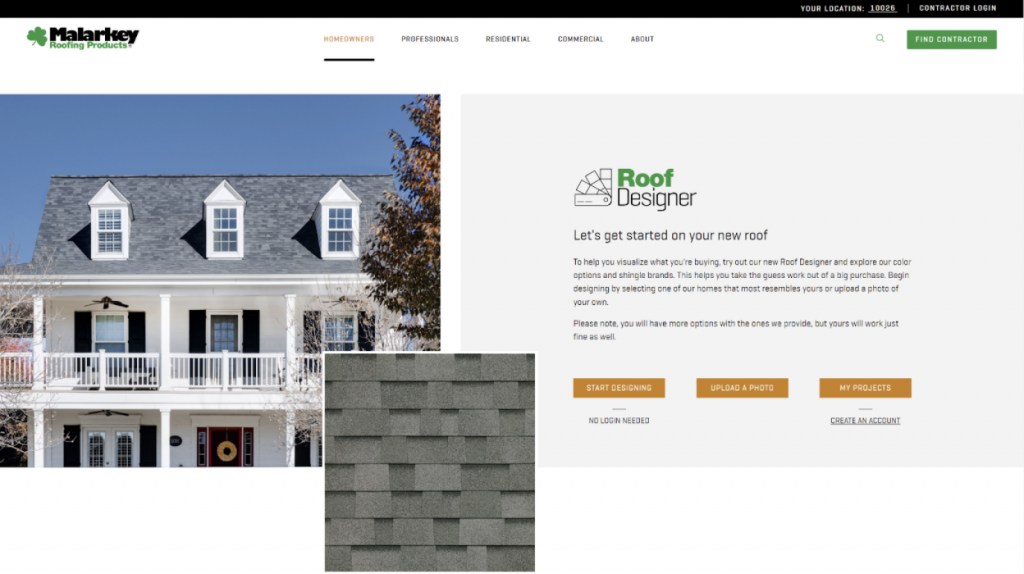
By using Malarkey’s visualizer, users can even modify the trim and siding of the home to get a better picture of how various roofing options would work in different design contexts.
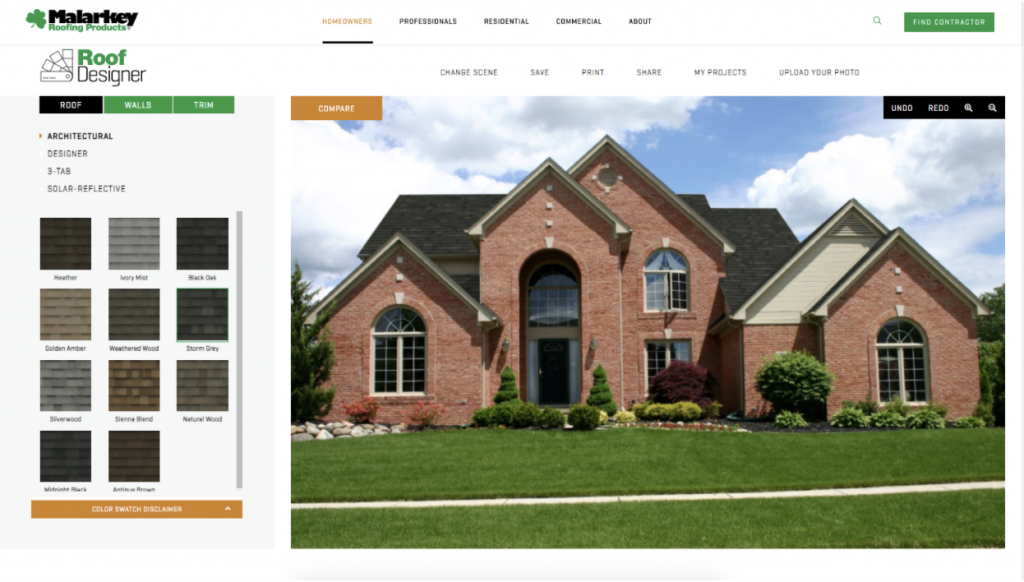
Best Tile has another great visualizer. With this tool, users can select a certain room of a home, whether it’s the bathroom, kitchen, or a variety of living spaces. The option to upload a photo is offered as well.
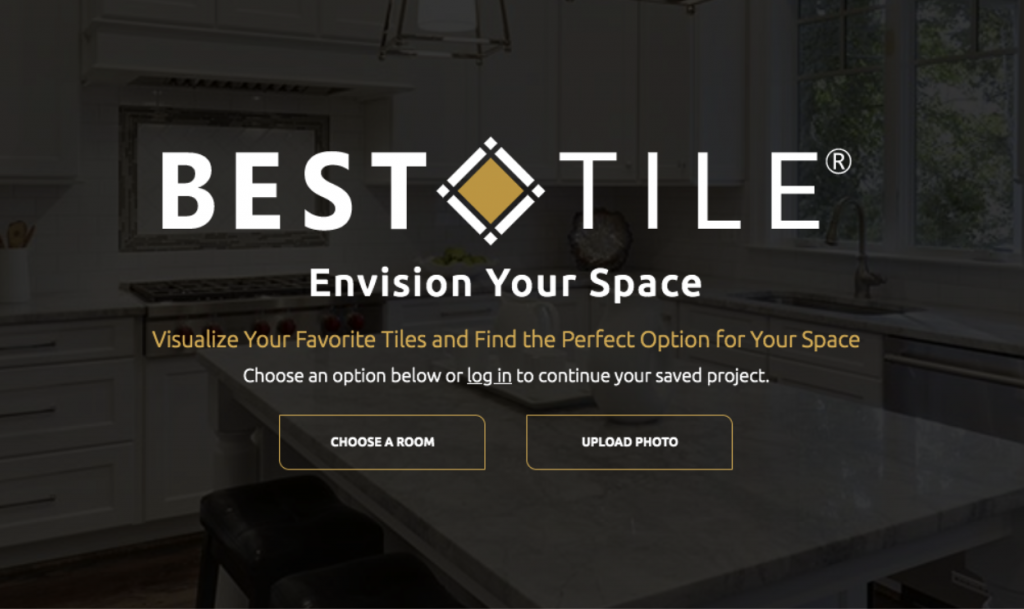
From there, users get to play with different tile options for walls and floors, giving them a true sense of what it’s like to have certain designs installed in their homes.
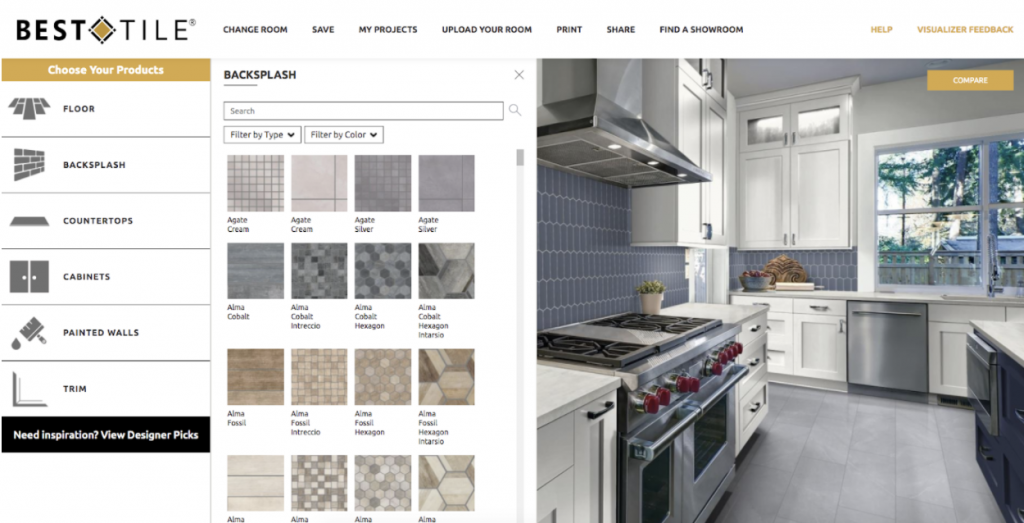
In an age where consumers are often more comfortable buying online, building material companies shouldn’t hesitate to use product visualizers. They’re a great way to create the look and feel of your products “in use,” before a prospect ever has a face-to-face dialogue with a sales rep or dealer.
4. Cost Estimator Tools
Most prospects have limited budgets, and a question that always arises, even if it’s not asked up front, is “How much will this cost?”
That’s a perfect opportunity to help your prospects by offering them a handy online cost estimator tool.
Interactive cost estimators, also known as price calculators, are a huge help to customers who need to stick to budgets or are just very cost-conscious. In 2023 and beyond, you’ll stand out as a building material brand if you can relieve worries about cost right at the start.
Cost estimator tools are easy to build into your website with top tools like Outgrow or the Involve.me Web Calculator, as well as various plugins for WordPress websites. They benefit you by:
Increasing User Engagement
Cost estimators can show attractive visuals of your product in action while building trust, which will get users tangibly involved with your brand and increase the likelihood of them buying your products.
Giving Your Contractors a Selling Tool
Pros can use your brand’s cost estimator on a tablet or mobile app when meeting with homeowners, which helps them answer crucial questions and sell the benefits of the proposed project.
Improving Your Website’s SEO
On your cost estimator web page, you can use popular search keywords and phrases like “cost of new deck,” “decking cost calculator,” and “cable stair rail pricing” — helping ensure your page ranks in Google where high-intent buyers will see it.
Viewrail, the maker of modern floating staircases, has a great example of this feature in action. Their cost estimator, the “Floating Stairs Pricing Guide,” allows users to select styles, heights, number of railings, and stair width to produce an estimated cost.
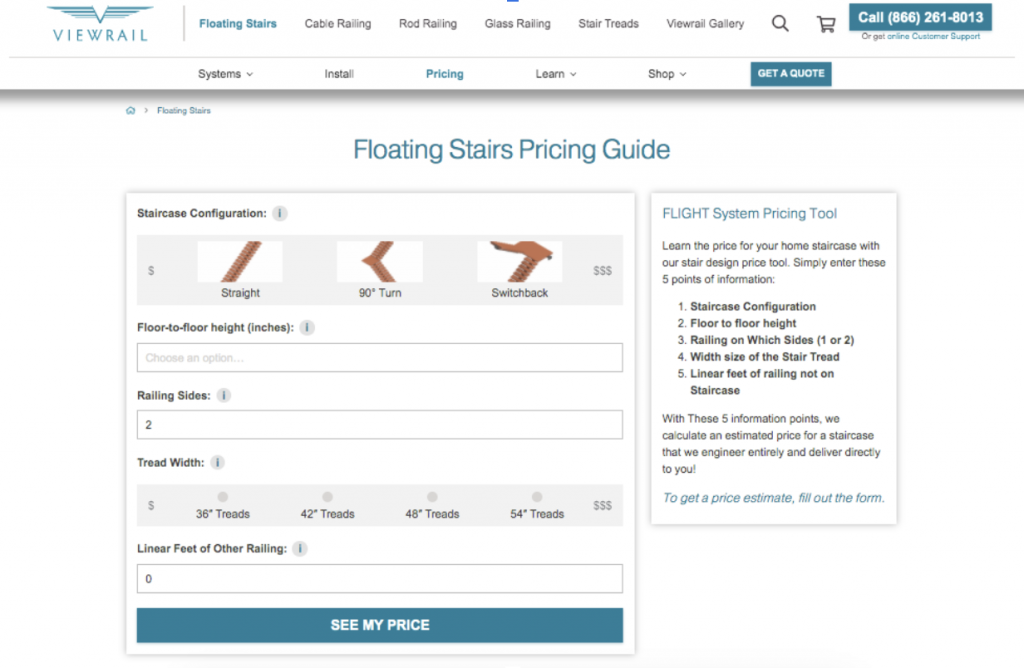
Another great example comes from Trex, a manufacturer of composite decking materials. Trex’s cost estimator asks users to enter the desired dimensions, specify a railing, and state whether or not they have a substructure. After filling in the info, users get a simple price estimate.
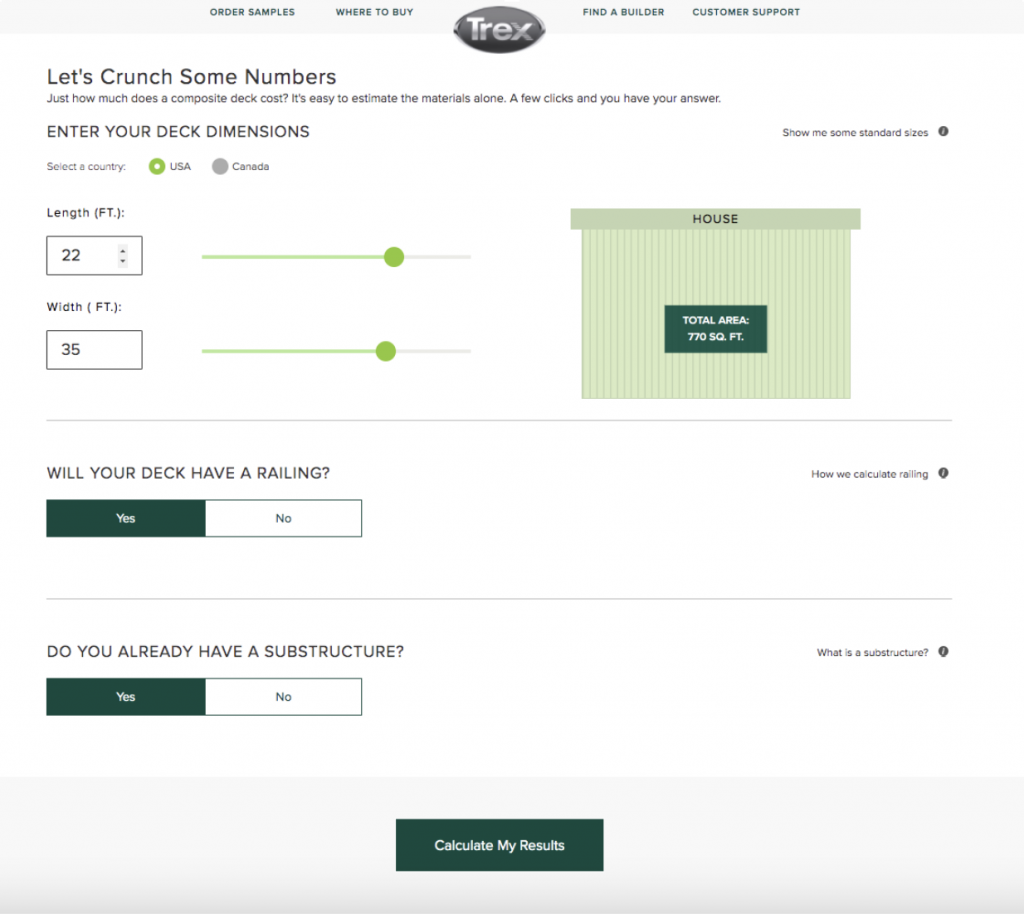
For building material manufacturers, simple cost estimators are a no-brainer. They subtly build rapport with buyers and make a huge difference in generating leads and sales.
5. An Internal Search Bar
Some users who come to your site are goal-oriented and know just what they need. They might want to get specific information on your products, look through several of the options or varieties you offer, or find the closest contractor they can start working with. They just need a shortcut to the right parts of your site.
The faster you can close the gap between a web user’s desires and the purchase of your products, the better. That’s where internal search comes in.
An internal search bar is a small, often barely-noticeable feature, but it’s an important one. As much as a 1.8x increase in conversions can be seen from site search, since it tends to be used by the most motivated prospects.
By including an internal search bar, you’ll help your website users get to their destination without delay or guesswork. It makes your whole website searchable in a way that clicking on link after link doesn’t.
Pre-packaged solutions like those offered by Google and HubSpot make internal search easy for any company to implement. Be sure to include a search box on your homepage, as well as on every other page of your website. The most popular place for it, which is what users will expect, is at the top of your website or navigation sidebar.
Internal search lets you offer your website visitors a better user experience (UX) and it puts them in the driver’s seat when engaging with your brand. On top of that, if they use the search box to enter their location or find products near them, you’re also providing a potential shortcut to the most valuable user activity: finding a dealer they can buy your products from.
Make Sure Your Building Material Brand Stands Out Online
Every year, consumers online demand more from the brands they know and love. As a result, companies need to do more to stand out. Knowing a few effective strategies gives you a huge advantage.
Product visualizers, chat functionality, internal search, and cost estimators are four powerful, yet under-utilized website features that can be utilized by modern building material companies. If you use them on your website, you’ll make the experience for buyers more convenient, remove barriers to the sale, and gain an edge over competitors who are slower to make digital upgrades.
The most powerful element, however, is your dealer locator. Take a look at the Bullseye Locator software today.
Bullseye quickly points your customers to local dealers and contractors, integrates with modern apps and web functions that improve the user experience, and generates leads, all of which can drastically boost your website’s ROI.
If you’re ready to roll through 2023 with a modern, revenue-boosting website, schedule a free assessment today of your current locator solution today and discover the possibilities with Bullseye.
Get Advanced Marketing Resources
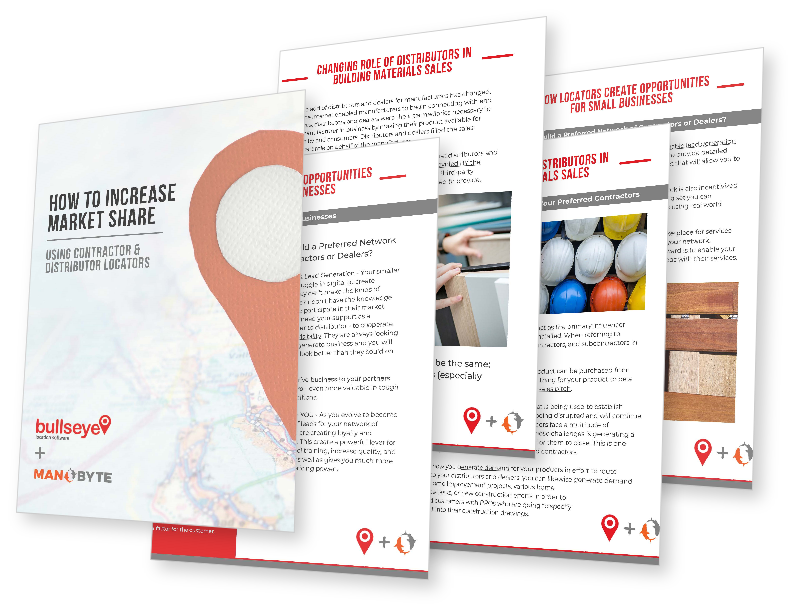
Learn how building materials manufacturers can intercept demand and increase market share using their locators. Download our free guide today for advanced practices and insights!

